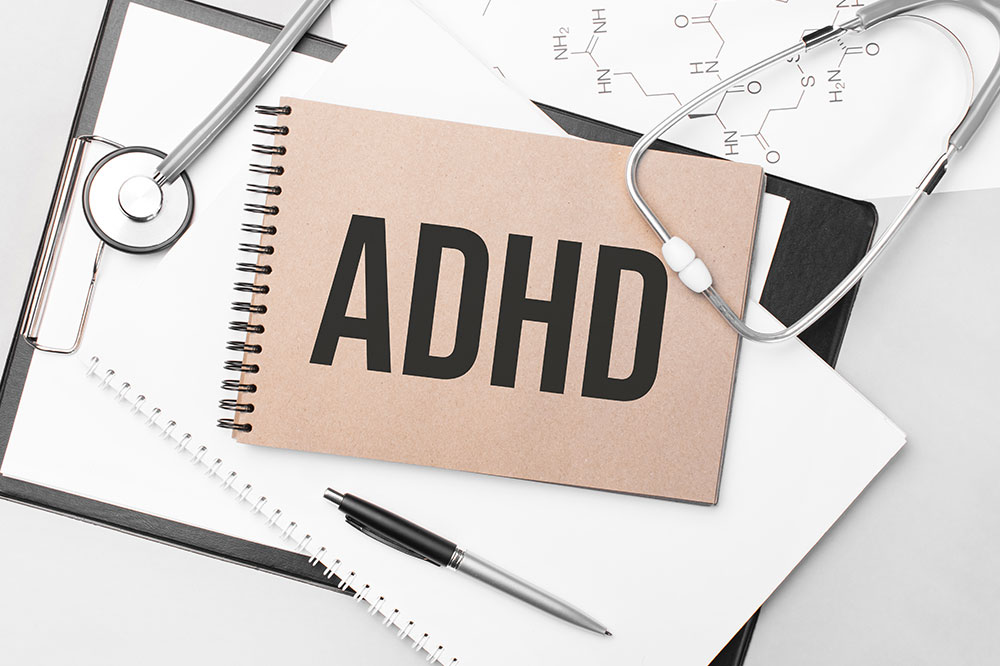10 signs of heart disease due to excess sugar intake

The term ‘heart disease’ is used to refer to a variety of conditions, such as coronary heart disease, stroke, peripheral heart disease, aortic disease, and others. These cardiovascular conditions are serious and put one’s life in grave danger. Learning their signs and symptoms can help recognize these conditions in their nascent stages and seek early treatment for a better chance of recovery. Thus, some early signs of heart disease to watch out for include:
Chest pain
Any discomfort or pain felt in the front of the body, in the region between the neck and the upper abdomen, is classified as chest pain. It is one of the most common symptoms that occurs due to poor blood flow to the heart or due to a heart attack. The severity of this pain may differ from person to person. During a heart attack, this pain may be accompanied by other symptoms, such as fatigue, shortness of breath, general weakness, change in skin color, extreme anxiety, lightheadedness, loss of consciousness, nausea, vomiting, palpitations, or sweating.
Shortness of breath
A weakened heart can disrupt blood flow and cause blood to back up in the veins that go from the lungs to the heart. This fluid can enter the lungs and cause shortness of breath or even a choking sensation and may lead to heart failure.
Coughing or wheezing
Fluid buildup in the lungs could also lead to coughing or wheezing. Some people may cough up pink or red mucus.
Swelling in the legs, ankles, or feet
Weakened blood pumping can also slow down blood flow and cause blood to pool in the veins running through the legs, causing swelling, pain, and discomfort in the legs, ankles, and feet.
Feeling sweaty
It’s normal to feel hot and sweaty during the summer months. However, if this sweat is accompanied by chest pain, call an ambulance or head to the hospital immediately.
Stomach pain or indigestion
A burning sensation in the chest and stomach could also be a sign of a heart attack or cardiovascular problem. However, it can be tough to distinguish between heartburn and disease as the symptoms vary from person to person. When unsure, seek professional assistance and get tested to rule out any confusion.
Arm pain
A shooting pain that runs down the left arm can also be an indicator of a heart attack. If the pain does not go away, visit the emergency department immediately.
Fatigue
Fatigue is associated with several health conditions. While, in some cases, it may be an indicator that one needs to rest, it could also indicate heart troubles, especially when it is sudden, severe, or impedes daily activities.
Palpitations
When the heart is unable to pump blood normally, it may increase its pace to supply blood throughout the body. This can cause palpitations, that is, the sensation of a rising or throbbing heartbeat. It could also be a sign of arrhythmia.
Poor blood supply to extremities
The buildup of cholesterol and plaque in the arteries can also slow down blood supply. While it may not be characterized as heart disease, it increases the risk of developing one in the future. Poor blood supply in the legs could lead to pain, aching, burning, fatigue, or discomfort in the muscles of the thighs, calves, and feet.
Heart disease is the leading cause of death in the country. People living with diabetes or high blood sugar are at greater risk of developing a heart condition or having a stroke because high blood sugar damages the blood vessels and nerves that control the heart. It then gives rise to other conditions, such as high blood pressure, high cholesterol, and high triglycerides; since none of these have any symptoms, they can often go unreported until much later. Diabetes, however, has several early warning signs. Some of these include increased thirst (polydipsia), dry mouth, frequent urination, fatigue, blurred vision, numbness or tingling in the hands and feet, slow-healing sores and cuts, frequent skin or vaginal yeast infections, and in some cases, chronic constipation.
Making lifestyle changes can help reduce the risk of diabetes and heart disease. Eating more fresh fruits and vegetables, lean proteins, and whole grains and cutting down on processed foods, trans fats, and sugary drinks can help. Exercising regularly and reducing stress levels can also control blood sugar levels and reduce the risk of heart disease.






